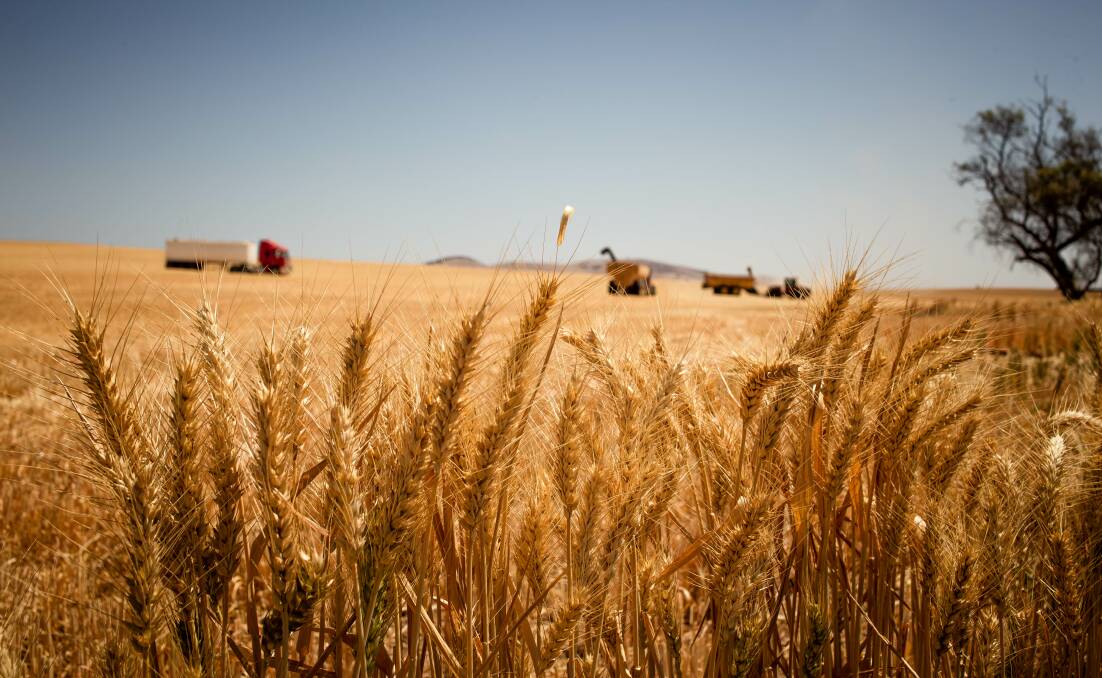
Estimates for total Western Australian crop production have been pruned to 14.5 million tonnes in the latest Grains Industry of Western Australia (GIWA) crop report.
This represents a 445,000 tonne month on month fall and a whopping 3.64m tonne fall on the July figure when things were progressing well in many parts of the state.
Report author Michael Lamond said the dry finish had meant farmers were generally facing lower yields than they anticipated when they pulled the headers into the paddock, even in southern regions where the season had been better.
"The sharp finish to the season has meant yields are back on the last couple of high production years," he said.
"Late sown crops in particular have struggled across the board, with time of emergence a key indicator of yields this year.
Geographically he said the Geraldton zone has had a tough season in general, while the southern port zones, such as Albany and Esperance, with more reliable rainfall, have fared relatively better.
Mr Lamond said there had been a silver lining in terms of quality which had generally been very good.
Rain delayed harvest in the west last week, with CBH reporting receivals of 1.5m tonnes, to take the total so far to 6.9m tonnes, virtually exactly on half way of the business's estimated receivals of 13.7m tonnes.
While WA has been slightly lower than anticipated in terms of yields there have been strong pockets through southern NSW, Victoria and SA that will partially compensate tonnage-wise on a national scale.
GrainCorp has reported total receivals of 4m tonnes, with the focus now on southern NSW and Victoria.
A GrainCorp spokesperson said the Victorian harvest is building strong momentum, with the focus on canola and barley, with more cereals expected over the coming week.
The spokesperson said the overall quality across all commodities has been excellent, with canola and barley deliveries performing particularly well in southern NSW and Victoria.
Canola has been a standout, with some Wimmera croppers reporting yields of up to 4 tonnes a hectare, with the majority over the long term regional average of 2.4t/ha.
Early barley yields are also promising, while wheat, which fills later, may have suffered more from the dry finish than the other two crops, which set their yield earlier.
Further north, harvest is near complete in Queensland and is winding up in northern NSW.
In the south, Viterra reported 928,000 tonnes of receivals for the week, taking the total to 3.4m tonnes.
Viterra general manager supply chain, Derek Robjohns said the company was focused on moving the crop quickly and efficiently out to export.
"We finished loading shipments at Outer Harbor and Thevenard, the first vessels for the season for both ports."
On the weather front, rain over the past week has been a boon for summer cropping prospects in Queensland and northern NSW, however the associated tropical moisture blowing south-westerly through southern NSW, Victoria and eastern South Australia later this week is not so welcome.
Farmers are working to get as much crop off as possible prior to widespread falls of 20-30mm from Thursday onwards, with isolated higher totals in thunderstorms.
If the rain band is a one-off farmers are confident there will not be significant quality issues, but if it is followed by further falls outside of the current outlook period there could be problems with test weight, staining and sprouting.


